Ever feel so focused on the details of a manuscript that you actually lose sight of the entire work? Maybe you are working on the pacing or world building or hunting down ‘telling’ to replace it with “showing.” Maybe you have zeroed in on three words, writing and re-writing them over and over again. Meanwhile, six hours just zipped past. And these three words you labored over––exist in a manuscript that has 35-thousand more!
It’s critical to focus on the bits and pieces, to lose oneself in the particulars. But when I am ready to emerge from the deep the woods of writing, sometimes I need a compass to find my way out.
As I painter’s daughter, I know that artists also become consumed with specific brush strokes or the interplay of colors in hidden shadows, or using the reflection of a painted sterling cup to tell a story. Detail after detail lures the artist deeper into the painting until he is so consumed with the pieces, he can no longer see the whole painting.
Mirror in hand, my father will turn his back to a painting and stare at his work in the mirror’s reflection. This fools the brain into seeing the painting anew, from a different perspective, with more objectivity. And, like magic, mistakes and solutions are suddenly easy to spot.
How do we writers obtain the same distance from our work? How do we back away from the minutia and see the whole story? Free our creative flow? This is especially hairy after we opened the idea cupboard only to find it bare. Or face a tight deadline.
Here are some tricks that work for me:
~ Listen to someone else read your work aloud. This is as close to the mirror trick as we can get. Where do they stumble? Did the emotion in their voice match the emotion you hoped to convey? Did it make sense? Was it too slow in places? Things will jump out at you.
~ Read your WIP out loud to yourself. Did you stumble?
~ Put your MS in the drawer and leave it there (or stash it in a computer a file labeled “incubator”) and don’t touch it. Whether it sits in the incubator for two hours or two years, sometimes you need space. In Television News, self-critique is a staple of the process. You can’t improve your skills without it. But an anchor told me early in my career, let 24 hours pass before “watching back” any tape. Even with the passing of one day, the emotional connection to the performance is broken and now you can view it objectively.
~ Put down the computer and work it out on paper. Sometimes, when I’m especially stumped, stuck, or just not moving a work forward, I turn to cursive. There is something about writing in cursive that activates a different part of my brain. Suddenly while looping letters, a breakthrough appears on the page.
~ Go and do something physical, something out of your routine. Ride a ferry, journal at sunrise by the ocean, take a road trip, or skip down the block instead of walk. Whenever I shake up my external world, it is amazing how quickly things loosen up in my internal world.
~ Take apart the beaver dam. When I’m focused on a manuscript and get a new idea for another story, I find myself shutting it down. “I’ll get to that later, right now I’m working on this project and cannot be distracted.” Story by story, idea by idea, log by log, I’ve built a dam. And then, nothing is getting through. Why not devote twenty minutes in your day for a delicious idea feast? Get those thoughts on paper and keep the dam at bay.
What are your tricks? Share them below!
Here’s to space, new perspectives, and roaring idea rapids!
Anna
About Anna:
 Before diving into the deep end of writing for children, Anna Crowley Redding’s first career was as an Emmy-award winning investigative television reporter, anchor, and journalist. The recipient of multiple Edward R. Murrow awards and recognized by the Associated Press for her reporting, Redding now focuses her stealthy detective skills on digging up great stories for kids –– which, as it turns out, is her true passion.
Before diving into the deep end of writing for children, Anna Crowley Redding’s first career was as an Emmy-award winning investigative television reporter, anchor, and journalist. The recipient of multiple Edward R. Murrow awards and recognized by the Associated Press for her reporting, Redding now focuses her stealthy detective skills on digging up great stories for kids –– which, as it turns out, is her true passion.
Redding’s debut middle grade nonfiction GOOGLE IT! will be published by Feiwel and Friends in May 2018. Anna is represented by Ammi-Joan Paquette of Erin Murphy Literary Agency.


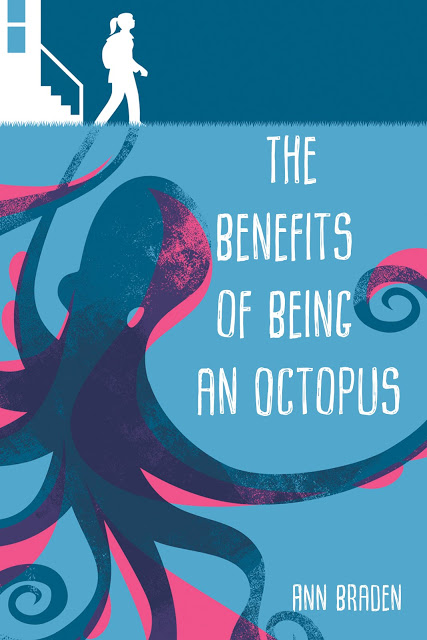
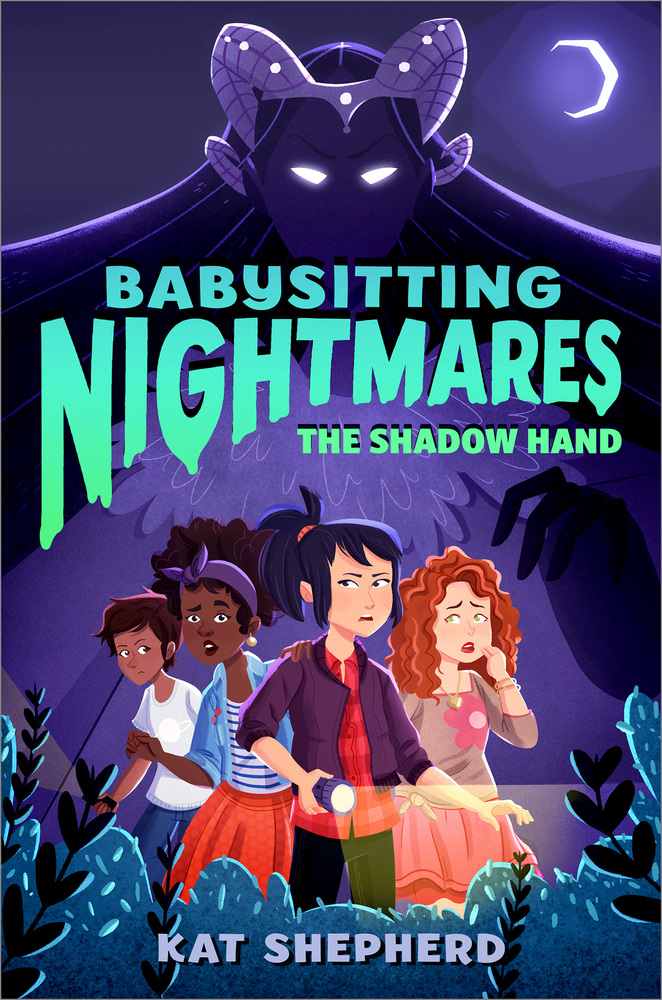
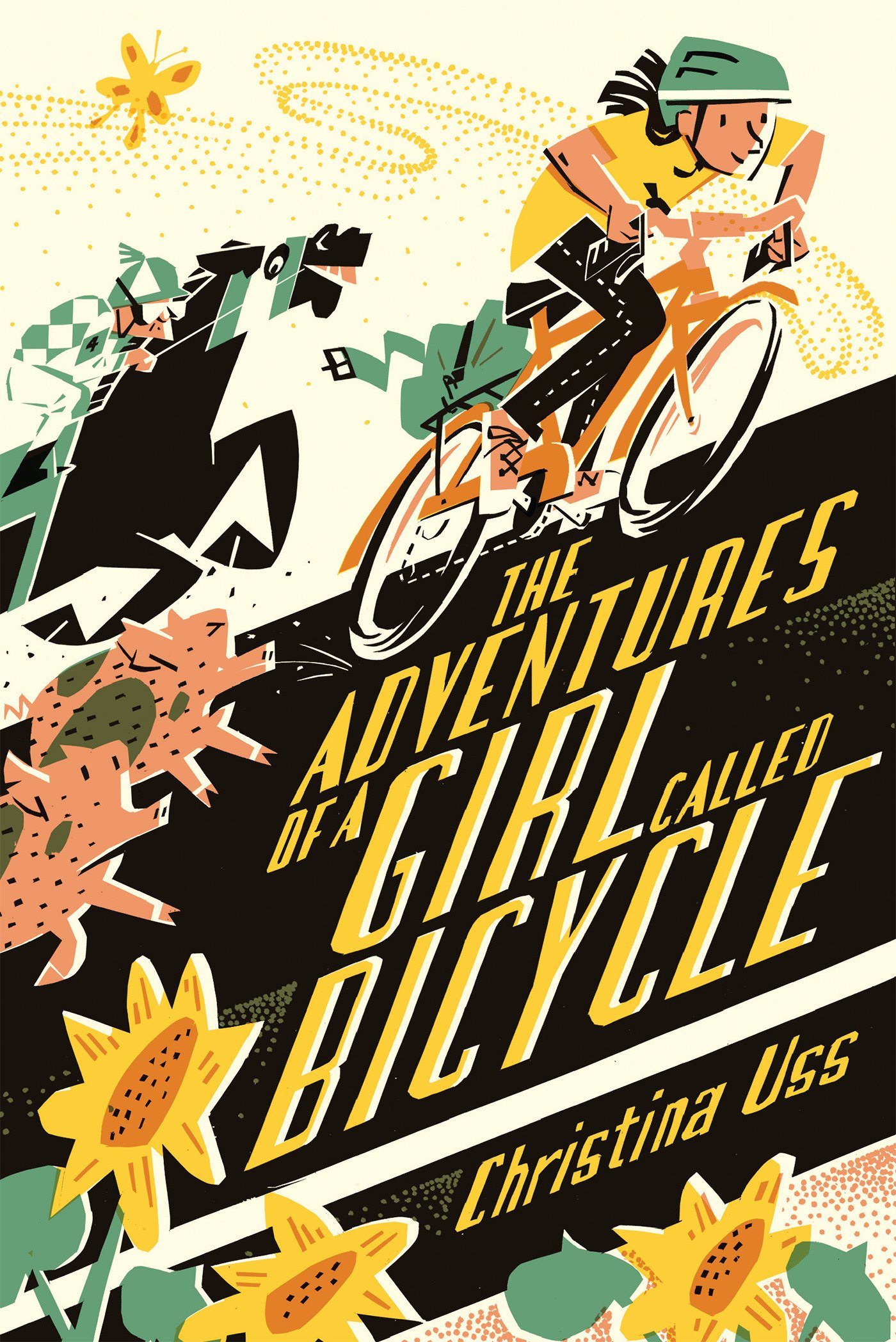








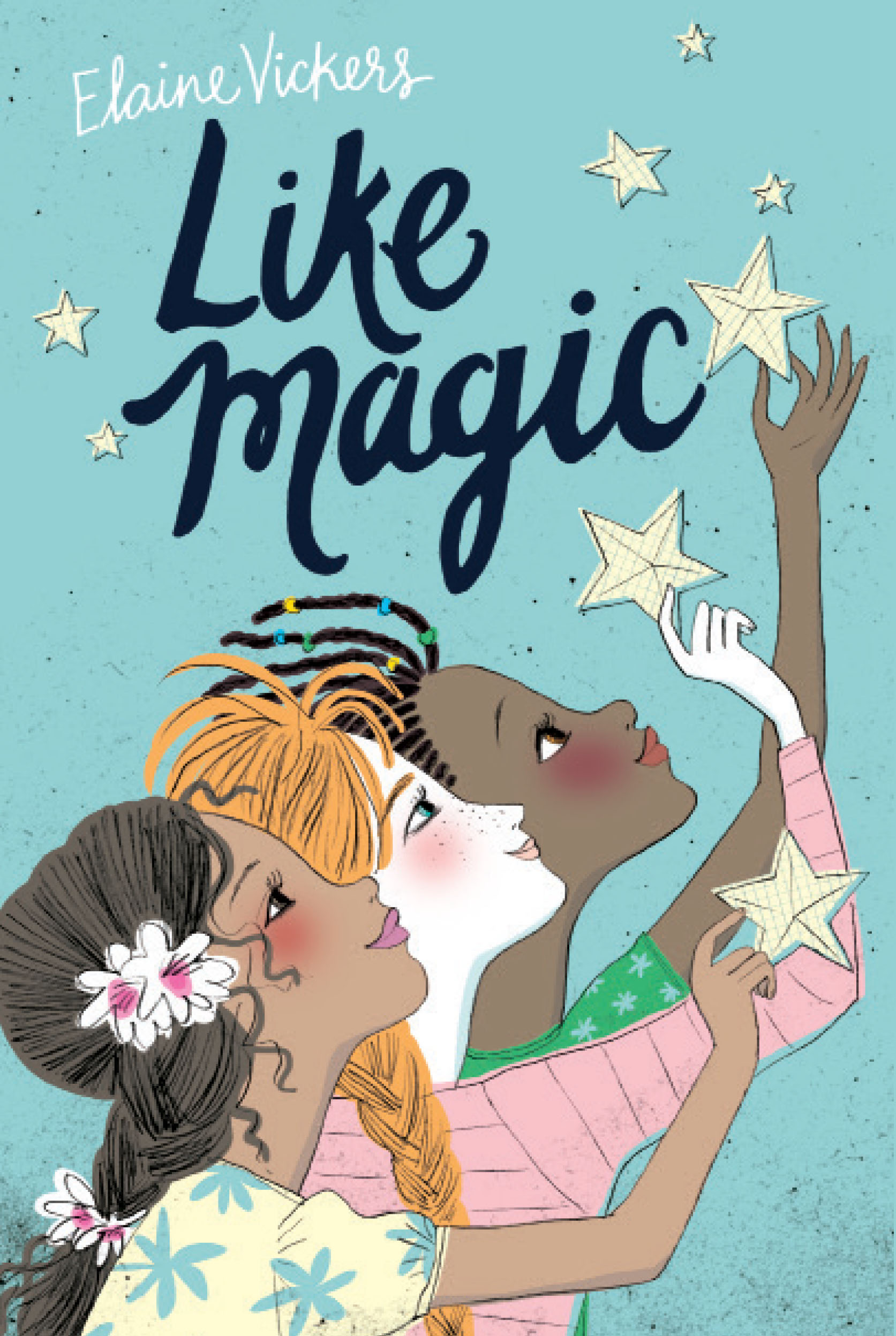
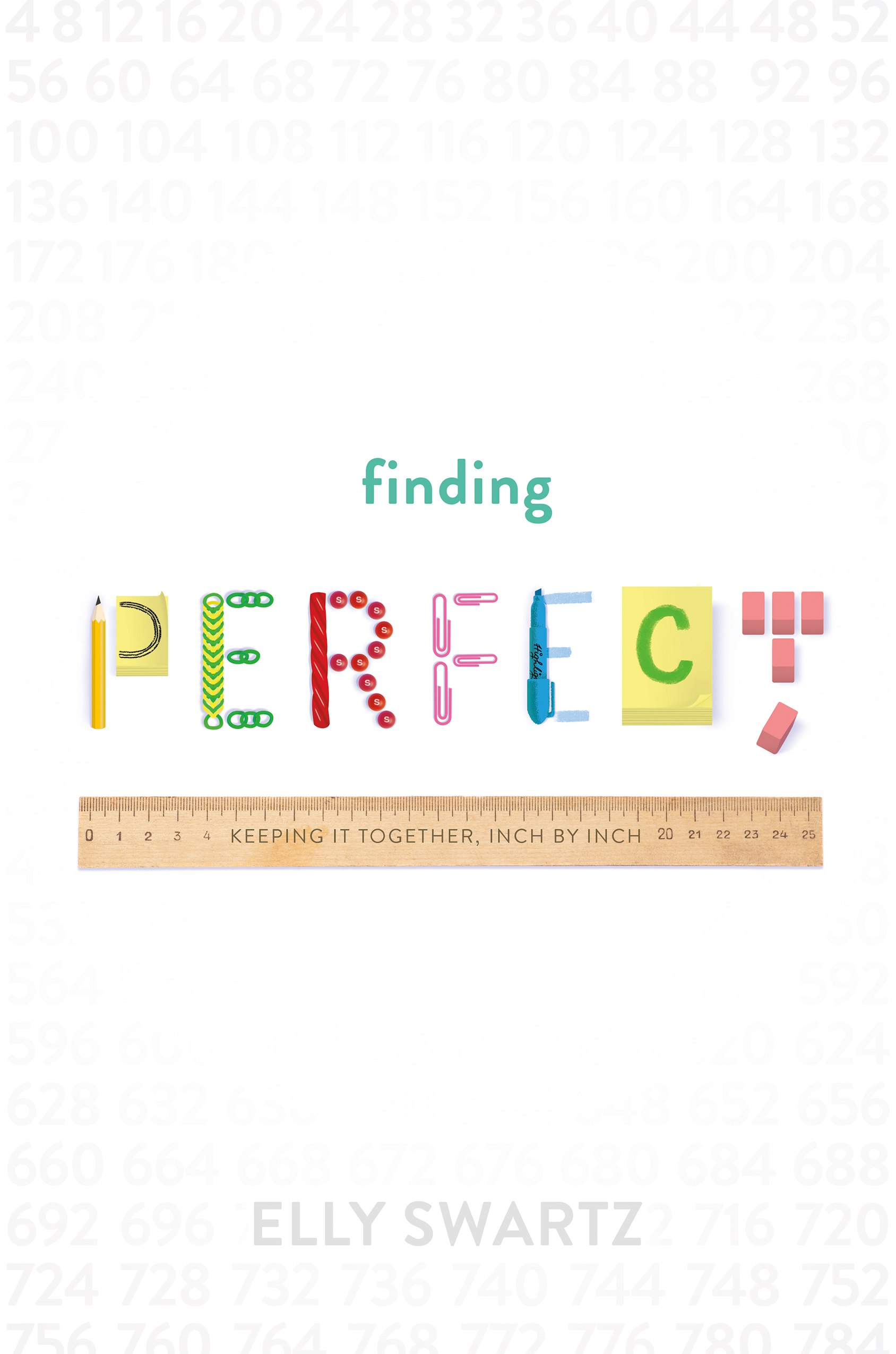



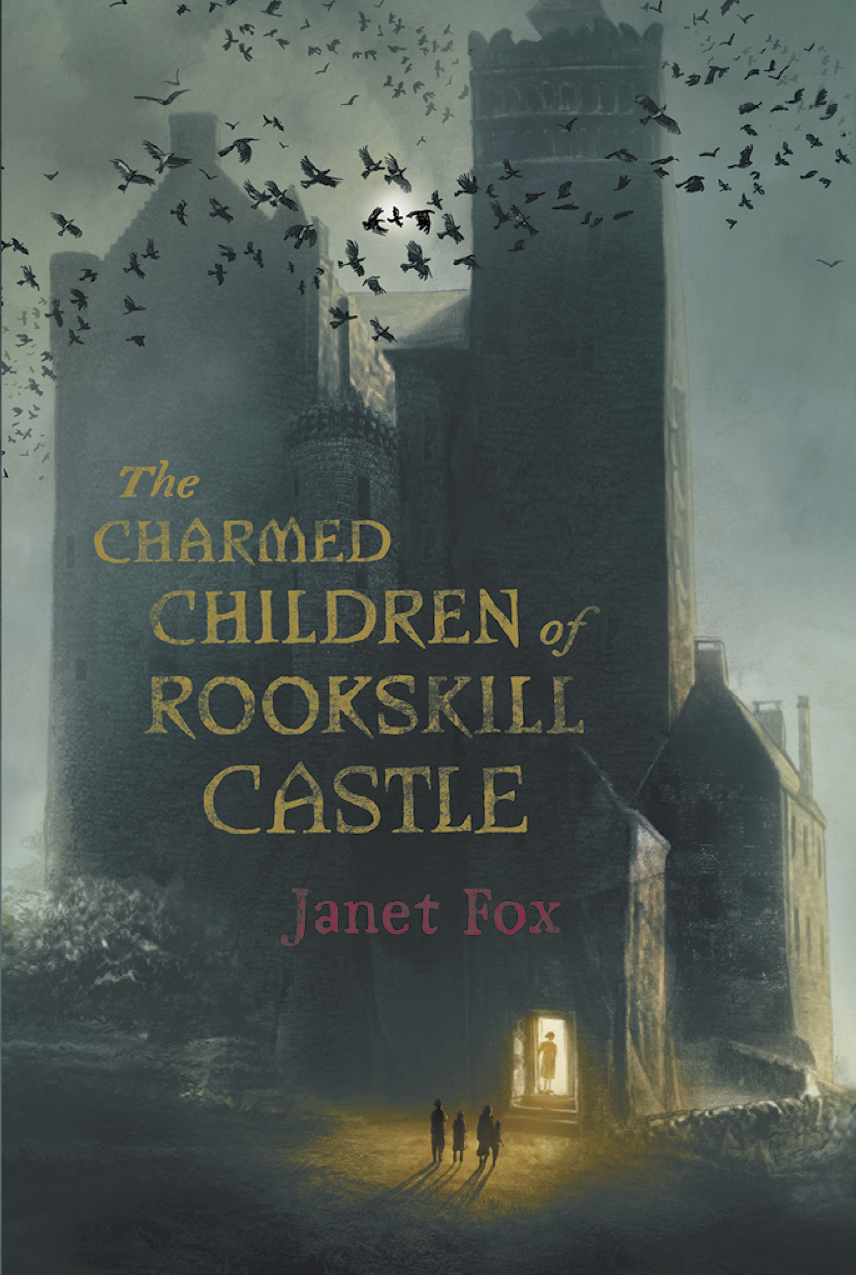
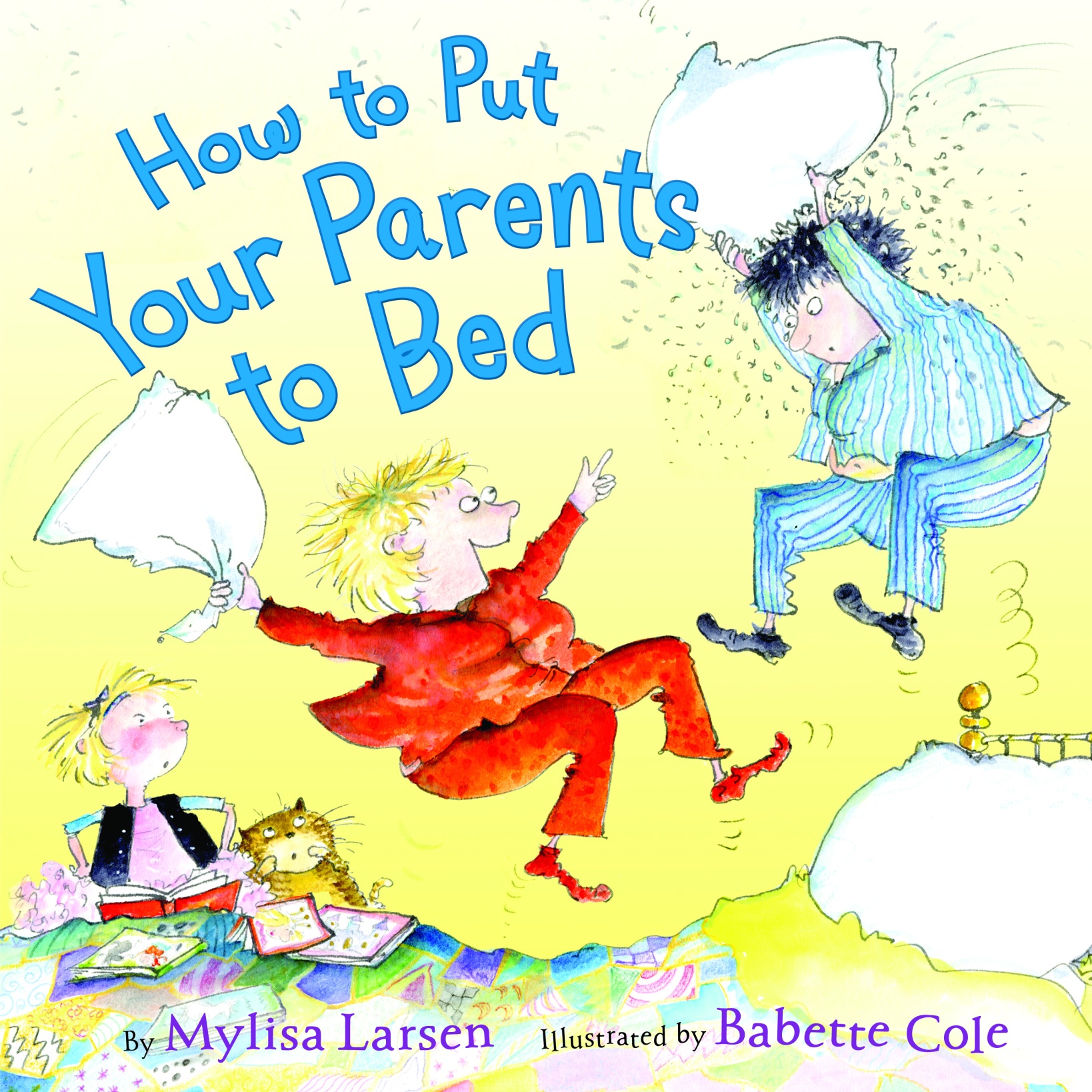



As writing for me will always be of a purely amateur style, it is a process I enjoy.
Even as a rooky it is still something which can be frustrating at times, in that ideas on completing a piece may just dry up.
Just writing and ploughing on with little or no regard for detail or plot, is often very liberating for me.
I have utilised the “mirror” method in painting also and it sure does prove to see a whole new perspective on work. B
LikeLike
Great post, Anna. Thanks for sharing! One other thing I do (for picture books) is tape record myself reading it and then listen to it. I ALWAYS find things to tweak. This works especially well if you’re reading a dummy book you’ve made because you can hear the pause between the page turns, a critical component to the picture book read aloud experience.
LikeLike
Reblogged this on Terry Pierce and commented:
Great tips from Anna Redding today on EMU’s Debuts with how to get some space from your manuscript when you’re revising.
LikeLike
Such a true post – it’s so easy for me to get bogged down in one paragraph for hours and lose sight of the whole novel. To get zoom out and get perspective on what I’m trying to accomplish, I try to remember the excellent books I’ve read lately and how every sentence didn’t have to strike me as a perfectly-crafted gem for the story to pull me in. In fact, I was just charmed to pieces by the Newberry-Award winnter WHEN YOU REACH ME, and it was helpful to realize it was the plotting and flow of the whole book that made me love it, not a single perfect scene, sentence, or word.
LikeLike
Darcy Pattison’s shrunken manuscript is an interesting way to look at the structure. In short, you reduce the font to 8-point. Don’t double-space. Take out page breaks for chapters. Then use different-colored highlights to pick out something you want to look at structurally. (Subplots, emotions, appearances of minor characters.) When you lay the paper out on the floor, you can see some interesting stuff.
LikeLike
Thanks for the tips, Anna! I love the idea of using a mirror–how cool! Too bad it can’t work as easily for words. I like writing things out by hand too. It’s quite liberating. Looking forward to meeting you next month!! 🙂
LikeLike
So impressed
LikeLike
Great idea about the mirror! I am sharing it with my illustrator friends :o)
LikeLike
I didn’t know your father was a painter! So neat to learn!
I know that mirror trick, but forget to use it. I love how you compared that to hearing work read aloud. Such good advice. As always, stellar stuff from you, my friend.
LikeLike